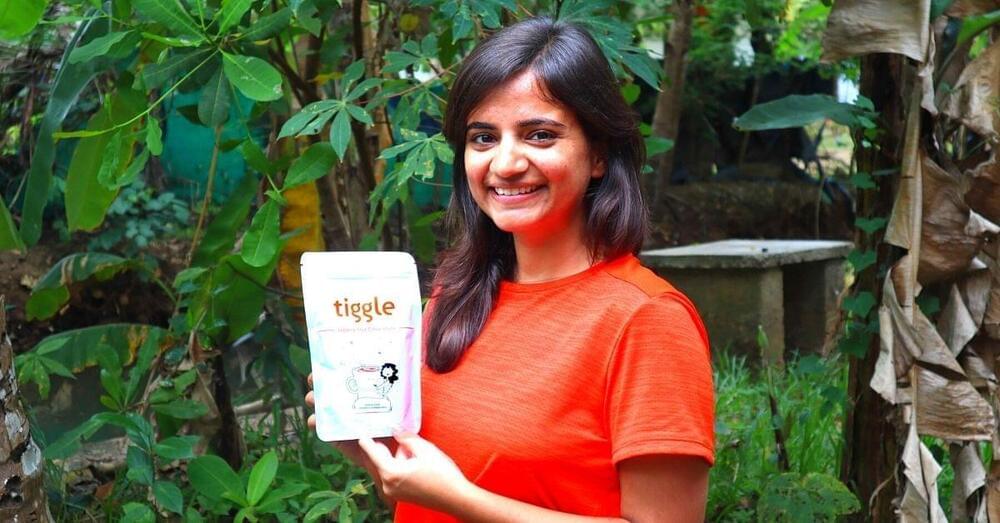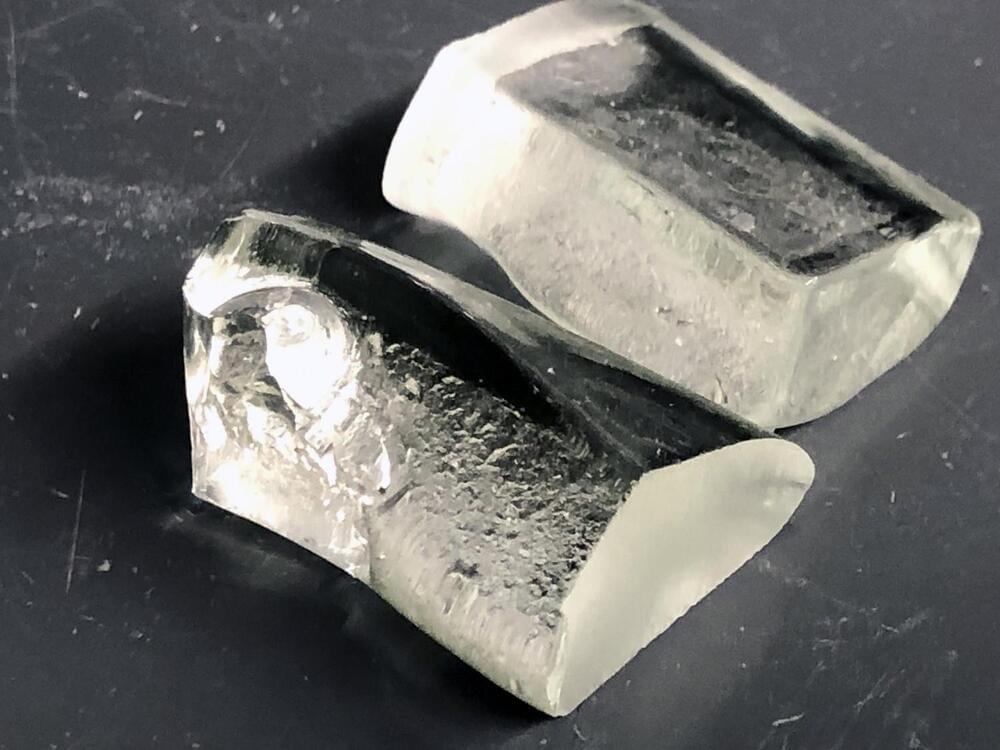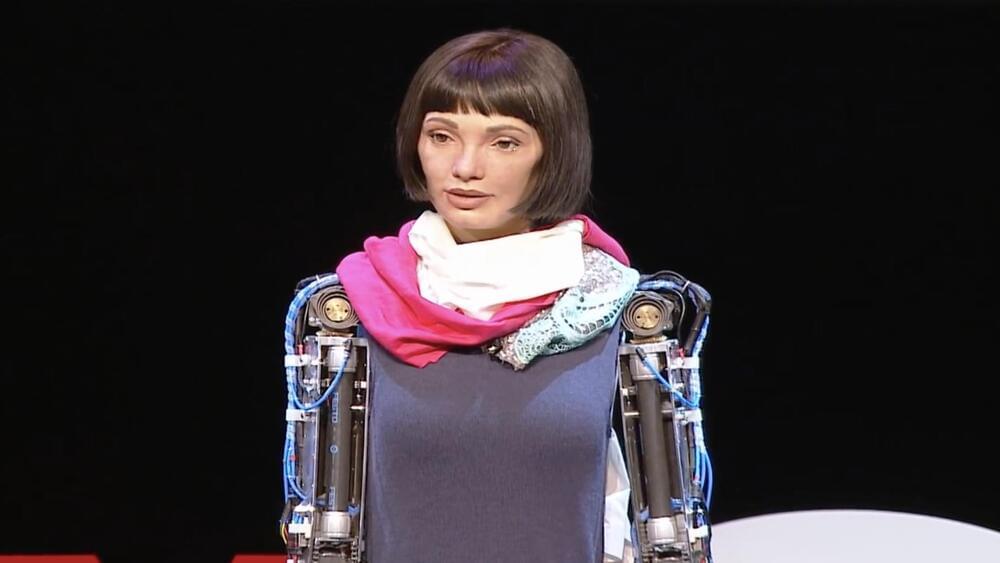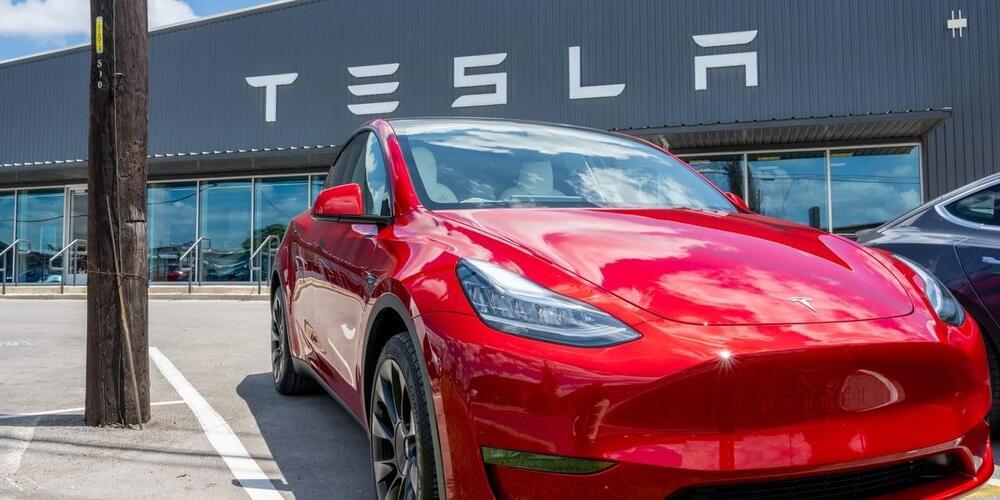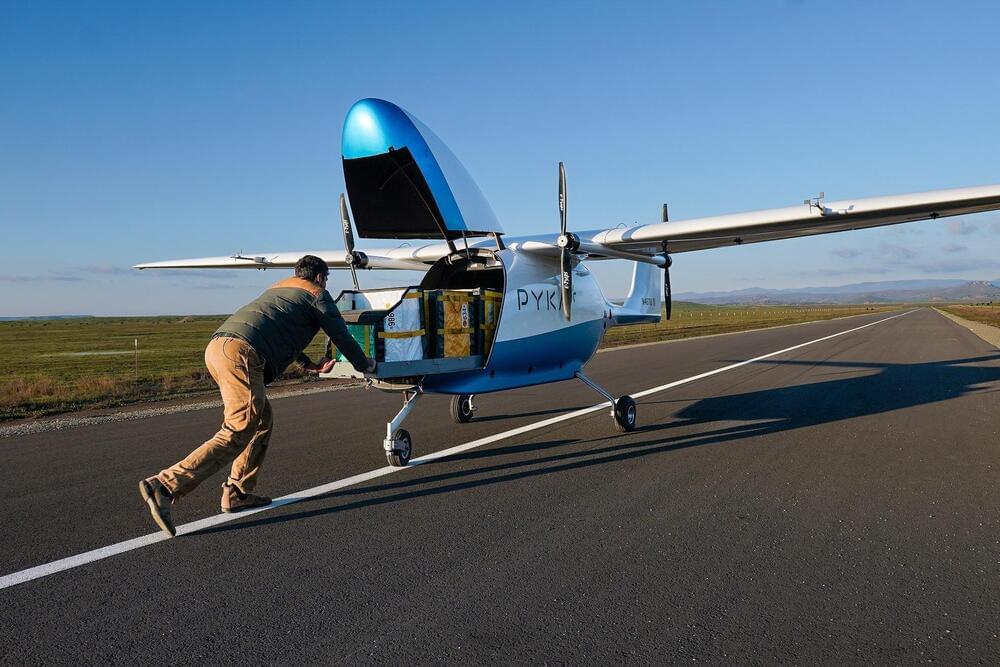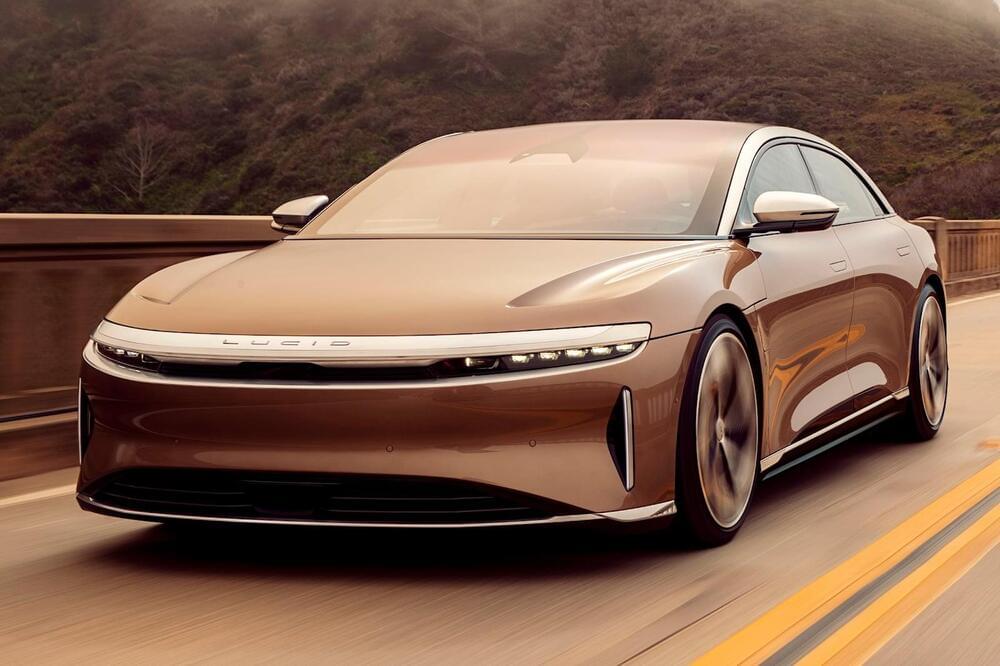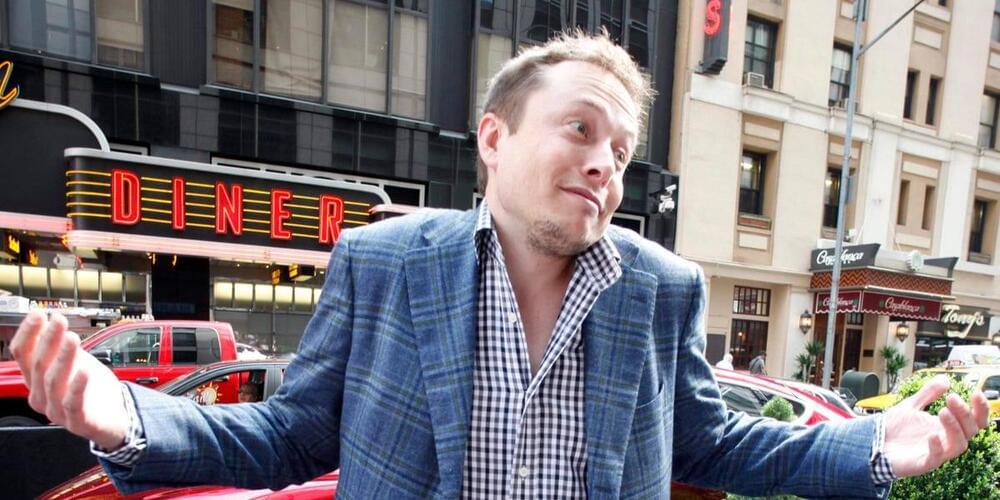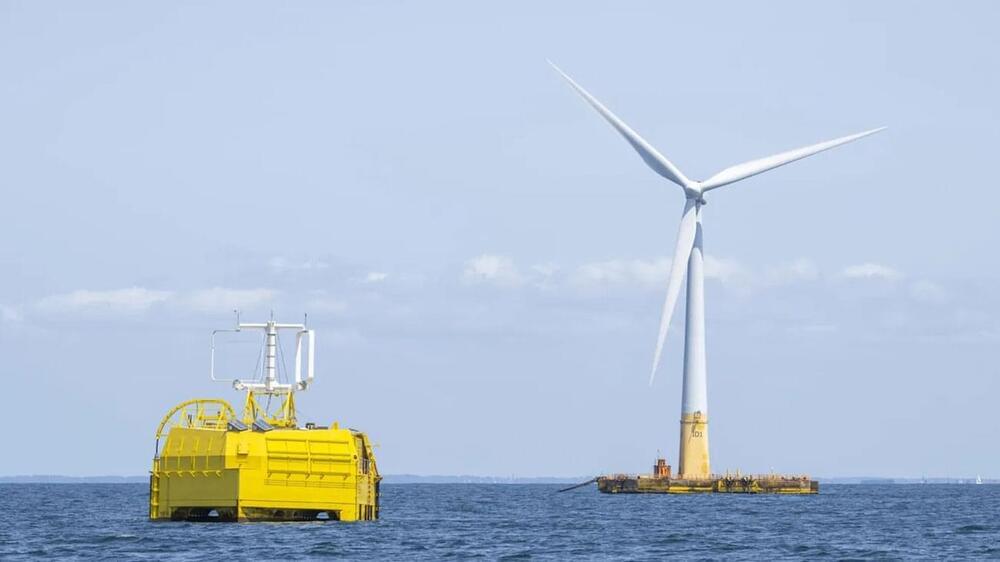Anuva Kakkar, the 23-year-old entrepreneur behind Tiggle, an Agra-based D2C organic hot chocolate brand, has come a long way in a very short period despite the ongoing COVID-19 pandemic. From selling cups of hot chocolate to commuters outside the DLF Phase-3 metro station in Gurugram to starting her brand of hot chocolate powder and selling over 2 lakh cups through 2021, it has been a mercurial rise.
Made of premium cocoa sourced from a 40-acre family-owned certified organic farm near Pollachi, Tamil Nadu, Tiggle today sells three ‘premium’ varieties of hot chocolate powder — Light Hot Chocolate Mix, Dark Hot Chocolate Mix and Jaggery Hot Chocolate Mix. So, how did this entrepreneur from Agra set up her venture in such a challenging time for commerce?
